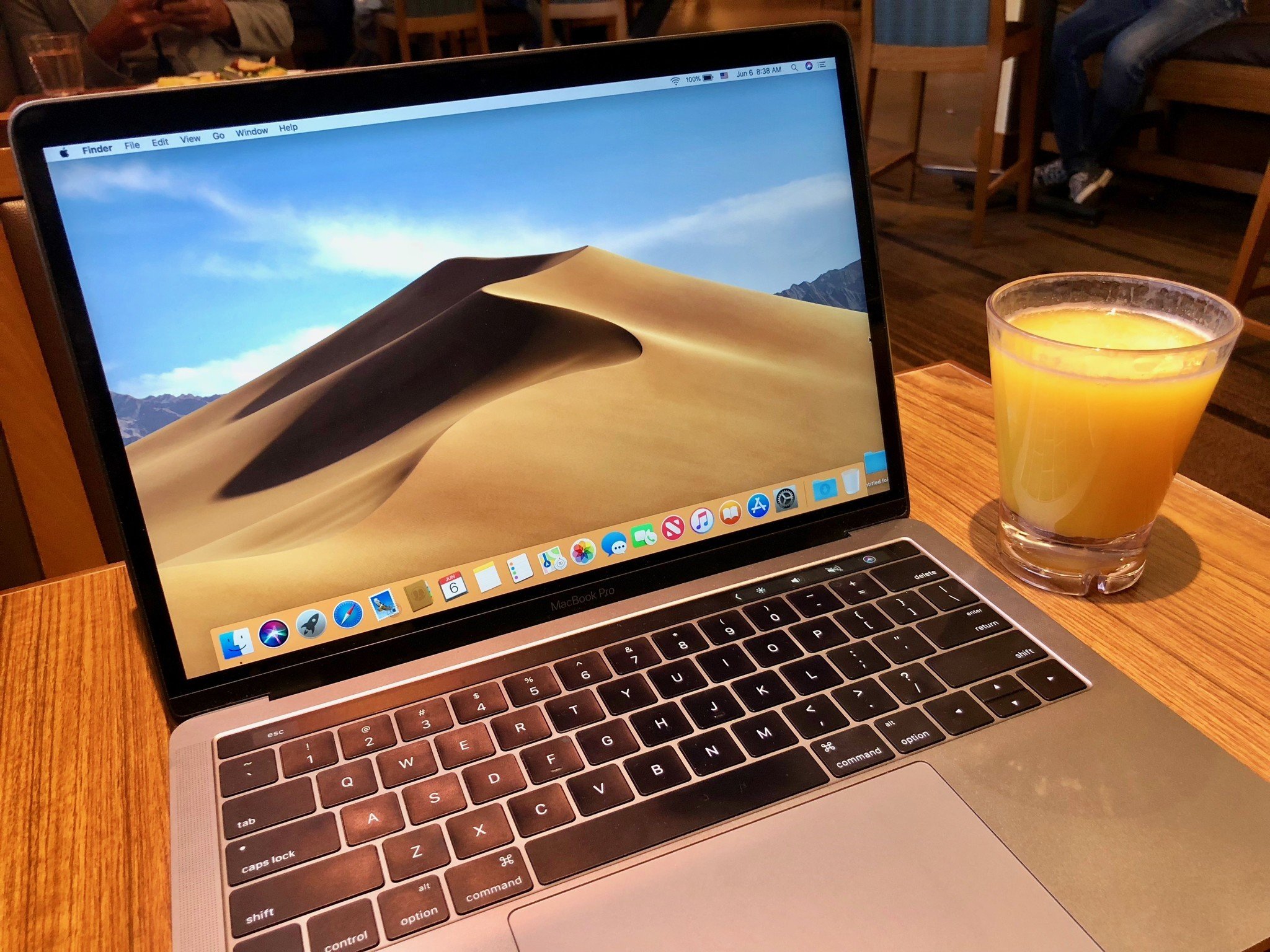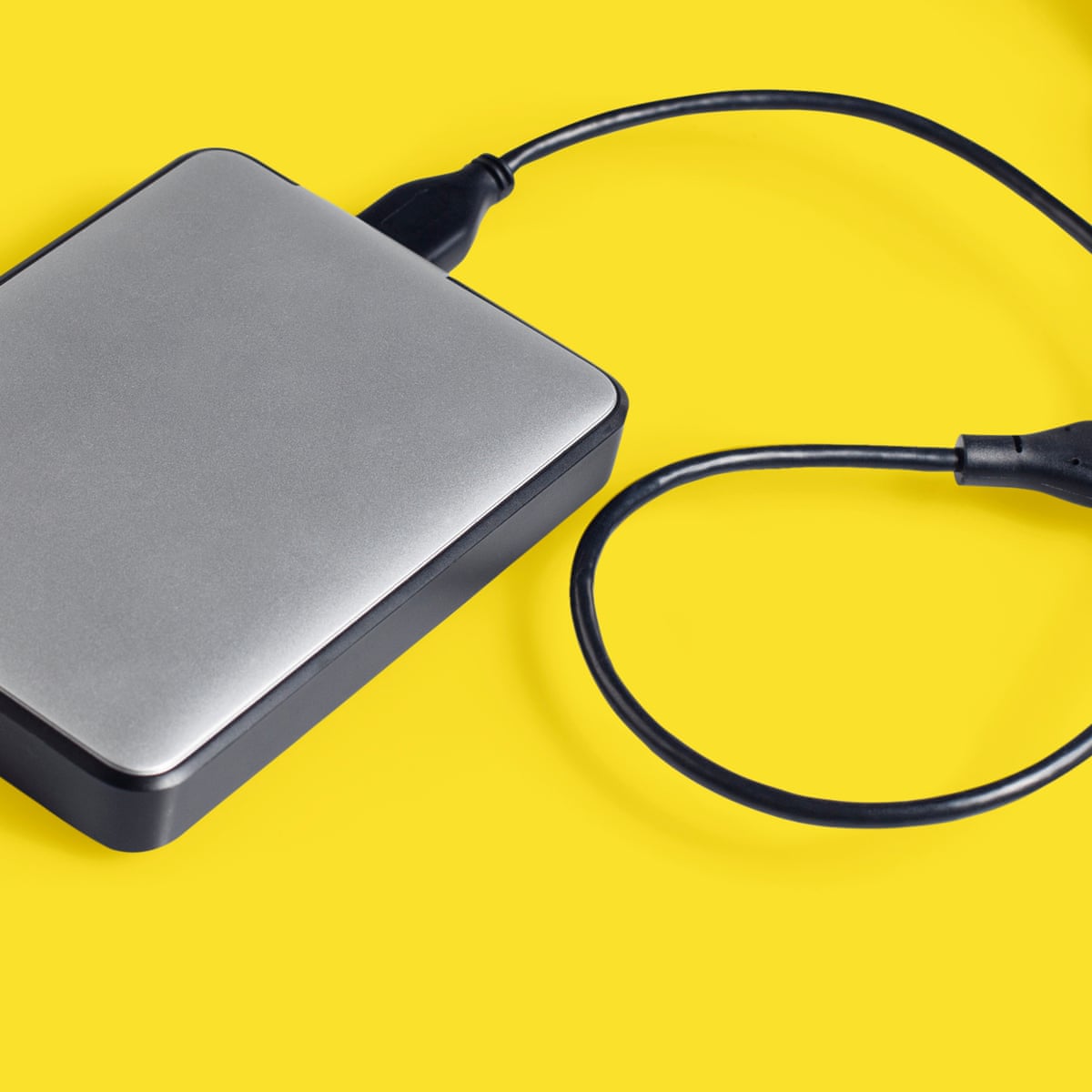
How To Transfer Files from Mac to External Hard Drive Without Formatting.
Mac OS X one of the best operating system for Apple computers there are lots of series of computer available in Apple Stores. But sometimes performing several tasks on mac are very difficult in this article we went show you how to migrate folders and files of mac to external hard drive.
Steps to Move your Photos Library to an External Drive. Attach your external hard drive to your Mac. If you have not yet done so, format the drive. We suggest using the same filesystem format that you are using on your internal hard drive. Open a Finder window and verify that your new storage device is correctly attached. You should see it. Once you have a hard drive, you can go ahead and follow the simple steps to install and use macOS Sierra from your external drive. Installing macOS Sierra on the external drive 1. Preparing the hard drive for the installation. Before you install macOS Sierra on the hard drive, you will need to clean the external. Is there any way to download and store app bought from the App Store in an external hard drive. In the case of Xcode (and Lion), what you are downloading is an installer. If you run the installer from /Applications/ then it is deleted after it finishes installing. Download the latest version of iTunes to the external hard drive; Downlad and install M4VGear for Mac for converting iTunes videos. It's worth noting that you should download the macOS Sierra installer in the App Store under “Previous buys“ or 'previous bought'. And if you have multiple Macs, it’s inefficient to download the new OS to each and every Mac. That’s why I like to make a bootable external drive for the sole purpose of installing the Mac.
So, first of all, you’ve to select the best external hard drives for mac backup from which you can easily restore important documents in case of the reboot of mac. Generate a backup on mac of videos, photos, and files on an external drive.
How To Migrate Files From Mac To Hard Drive
It was easy to move files from mac to mac but moving files from Mac to external hard drive is kinda hard which also relate to recovering files from the external hard drive.
However, sometimes due to the virus and some other error the data stored in external hard drive corporate and to recover the files from external hard drive recovery software for mac.

Now focus on, given below steps by steps guides let you know how to transfer files from mac to external hard drive.
Move Files To External Hard Drive (Drag and Drop)
Step 1
Connect the external hard drive to your mac using a USB cable and wait until the hard drive successfully connected to your computer. (Name of the drive should appear on your Mac screen).
Step 2 :

Open “Finder”, then locate the files to move to external hard drive.
Step 3 :
Create a New Folder in hard drive, then drag each file you want to backup from Mac system to external hard drive.
Step 4 :
Close the external hard drive once all files moved to from mac to external hard drive.
Using Disk Utility To Transfer Files Mac To External Hard Drive
Sometimes your external hard drive doesn’t allow you to transfer files from Mac. Because it’s your hard drive may be formatted with NTFS which is normal in a windows environment.
While OS X is able to READ from a drive that is formatted at NTFS, it cannot WRITE to one. You will get a warning saying that the drive cannot be modified. To fix this error you’ve to use Disk Utility. Remember to save everything to Mac before formatting the apple external hard drives.
How To Formatted External Hard Drive In Mac OS X
Step 1 :
Plug-In external hard drive to Mac using the USB cable. Wait until the hard drive name appears on Mac Desktop screen.
Step 2 :
In Mac OS X disc into your mac and restart your computer. Continue pressing the “C” key when the system is started.
Step 3 :
Choose the language and then select Disk Utility from Utilities menu. Now select the disk which you want to connect to your mac and click on “Verify Disk”.
Step 4 :
Click on “Repair Disk” button to repair the external hard drive. Click on “New Image” and named your hard drive then select “128-bit” or “256-bit AES” from the encryption menu to add security to the backup.
Step 5 :
Click on the “Save” button and type the administration password, Conform it. (Wait till process to begin ).
Step 6 :
Now choose the new backup from the device. After completing the imaging process, select ”Image” and then Click on “Scan Image for Restore”.
Step 7 :
Press “Command Q” when the scan completes and then again press the same key to quit Mac OS X Installer window.
Reformat The External Hard Drive In Mac OS X
In my research. I’ve found that lots of Mac users how to purchase a new hard drive for mac. When they connected that hard drive to the Mac OS X system. The external Mac hard drive successfully connected to mac but files can’t transfer.
To resolve this issue, you’ve to reformat your external hard drive using Mac OS Extended option.
Step 1 :
Connect hard drive to Mac via USB slots.
Step 2 :
Now go to Utilities Folder > Disk Utility. Select the external hard drive.
/cdn.vox-cdn.com/uploads/chorus_asset/file/3914686/Screen_Shot_2015-07-28_at_1.35.31_PM.0.png)
Step 3 :
As long as you don’t have any important files in the external hard drive, choose “Ease” Tab and then select “Mac OS Extended(Journaled)”.
Step 4 :
Enter the new named of drive and Click Erase.
I hope any of these methods will work for you to transfer files from mac to external hard drives with or without formatting the drive. Give your feedback via comment box.
These advanced steps are primarily for system administrators and others who are familiar with the command line. You don't need a bootable installer to upgrade macOS or reinstall macOS, but it can be useful when you want to install on multiple computers without downloading the installer each time.
Download macOS
Find the appropriate download link in the upgrade instructions for each macOS version:
macOS Catalina, macOS Mojave, ormacOS High Sierra
Installers for each of these macOS versions download directly to your Applications folder as an app named Install macOS Catalina, Install macOS Mojave, or Install macOS High Sierra. If the installer opens after downloading, quit it without continuing installation. Important: To get the correct installer, download from a Mac that is using macOS Sierra 10.12.5 or later, or El Capitan 10.11.6. Enterprise administrators, please download from Apple, not a locally hosted software-update server.
External Hard Drive For Mac
OS X El Capitan
El Capitan downloads as a disk image. On a Mac that is compatible with El Capitan, open the disk image and run the installer within, named InstallMacOSX.pkg. It installs an app named Install OS X El Capitan into your Applications folder. You will create the bootable installer from this app, not from the disk image or .pkg installer.
Use the 'createinstallmedia' command in Terminal
- Connect the USB flash drive or other volume that you're using for the bootable installer. Make sure that it has at least 12GB of available storage and is formatted as Mac OS Extended.
- Open Terminal, which is in the Utilities folder of your Applications folder.
- Type or paste one of the following commands in Terminal. These assume that the installer is still in your Applications folder, and MyVolume is the name of the USB flash drive or other volume you're using. If it has a different name, replace
MyVolumein these commands with the name of your volume.
Catalina:*
Mojave:*
High Sierra:*
El Capitan: - Press Return after typing the command.
- When prompted, type your administrator password and press Return again. Terminal doesn't show any characters as you type your password.
- When prompted, type
Yto confirm that you want to erase the volume, then press Return. Terminal shows the progress as the bootable installer is created. - When Terminal says that it's done, the volume will have the same name as the installer you downloaded, such as Install macOS Catalina. You can now quit Terminal and eject the volume.
* If your Mac is using macOS Sierra or earlier, include the --applicationpath argument, similar to the way this argument is used in the command for El Capitan.

Use the bootable installer
After creating the bootable installer, follow these steps to use it:
- Plug the bootable installer into a compatible Mac.
- Use Startup Manager or Startup Disk preferences to select the bootable installer as the startup disk, then start up from it. Your Mac will start up to macOS Recovery.
Learn about selecting a startup disk, including what to do if your Mac doesn't start up from it. - Choose your language, if prompted.
- A bootable installer doesn't download macOS from the Internet, but it does require the Internet to get information specific to your Mac model, such as firmware updates. If you need to connect to a Wi-Fi network, use the Wi-Fi menu in the menu bar.
- Select Install macOS (or Install OS X) from the Utilities window, then click Continue and follow the onscreen instructions.
Learn more
For more information about the createinstallmedia command and the arguments that you can use with it, make sure that the macOS installer is in your Applications folder, then enter this path in Terminal:
Catalina:
Download Macos To External Hard Drive
Mojave:
High Sierra:
Partition Hard Drive Mac Os
El Capitan:
